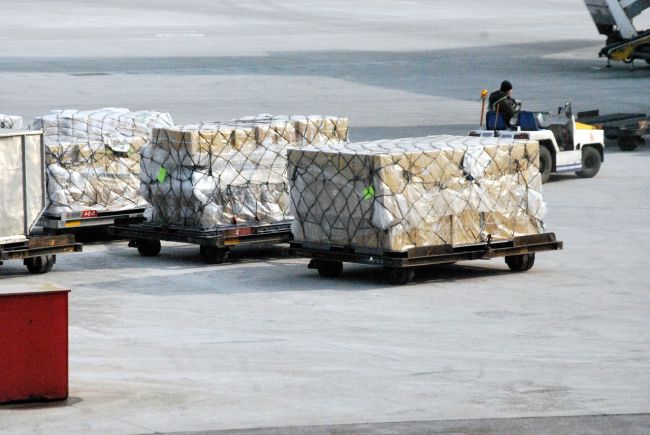Travel retail’s technology challenge
The travel retail sector has quadrupled in size over the last 30 years to a $64 billion global business.

The travel retail sector – sales from customers at airports, border crossings and diplomatic shops, and on aircraft, ferries and cruise ships – has quadrupled in size over the last 30 years to a $64 billion global business. We review the trends that have shaped the sector and the challenge to airports from new technologies.
In the early 1990s, retail space in predominantly state-owned airports was often operated by “master concessionaires”, with one operator of all the retail outlets and one provider of all the catering. With limited competition, there was little incentive to raise standards, and the retail offer was often insufficient and poor. Later in the decade, however, airport retail malls began to appear, as private investors in airports identified an untapped and valuable market.
1999 brought the end of Duty-and-Tax- Free sales for travel within the EU, with a dramatic impact on airport sales and revenues. Airports in the EU responded differently, but many were privatised in the following decade and began to test new concepts for their retail offer. Developments included expanded retail space, airside shopping malls including major international brands, and better food and beverage options. Offsetting this, many of the low-cost airlines which had emerged in the 1990s allowed only limited cabin baggage, deterring airside purchases.
In the following decade, the internet was gradually changing how passengers booked and checked in, but had not yet noticeably affected airport shopping habits. However, “Millennials” grew up and adopted iPads, smartphones and other devices which can be used to buy both goods and services.
In the last few years, technology has had a profound effect on the high street retail sector, and by 2016 around 17% of total UK retail sales were conducted online. Airports have used the internet to support product pre-awareness and to promote services such as personal shopping, “click & collect” and “shop & collect”, but these account for only a small proportion of sales and revenues. Compared to the high street retailers, airports are finding it difficult to generate online sales. Looking forward, the key challenges for airports will include:
- How can airports respond to flexible, technology-led shopping within the constraints of the regimes for security, movement of goods, and duty and tax?
- How will consumers, who are becoming more reliant on technology for information, communication and transactions, interact with the existing airport retail environment, and how will this have to change?
- Will airlines providing in-flight connectivity and, by having information on, and direct contact with, their passengers, become a significant disruptor of the airport model?
- How will airports remain pricecompetitive when travellers can easily compare high street, airport and onboard prices in each direction of a round trip?
Travel retail has a proven track record of continuous growth, despite disruptive effects such as the end of intra-EU Duty Free (1999), global recessions (2000 and 2008) and “9/11” (2001). It has been successful at identifying potential risks and agile at finding solutions, and these abilities appear set to continue. However, the key challenge facing airports now is how to leverage technology, and there is a need to develop and implement strategies to convert a problem into an opportunity.
Steer has reviewed the prospects for airport retail development at many global airports. A key contributor to our projects in the sector has been David Griffiths, who was previously a commercial director with BAA, Stansted Airport and World Duty Free, and who has over 30 years’ experience in travel retail.








